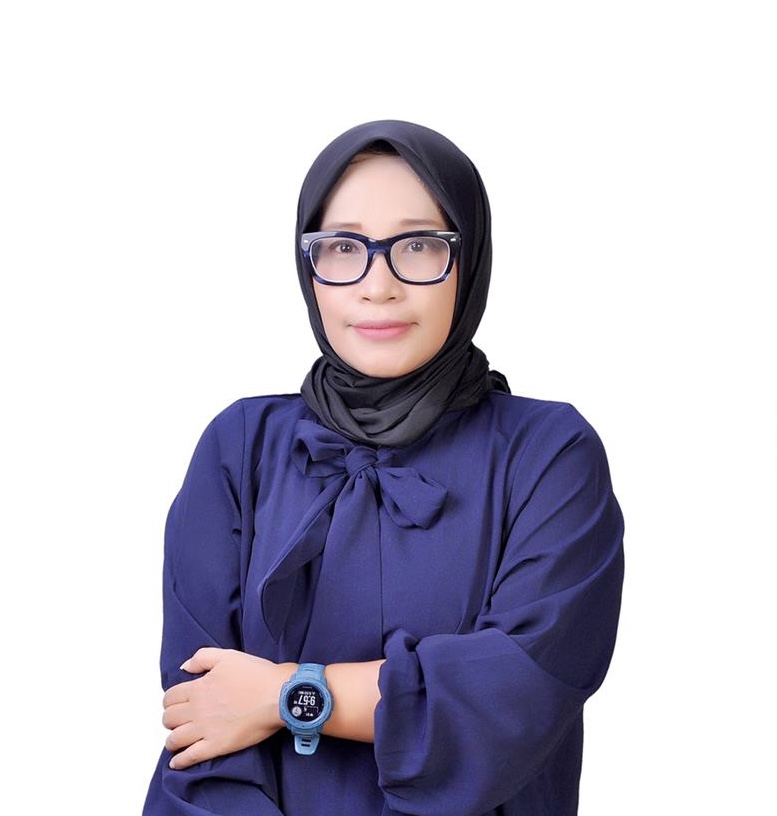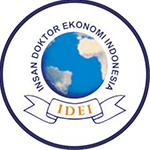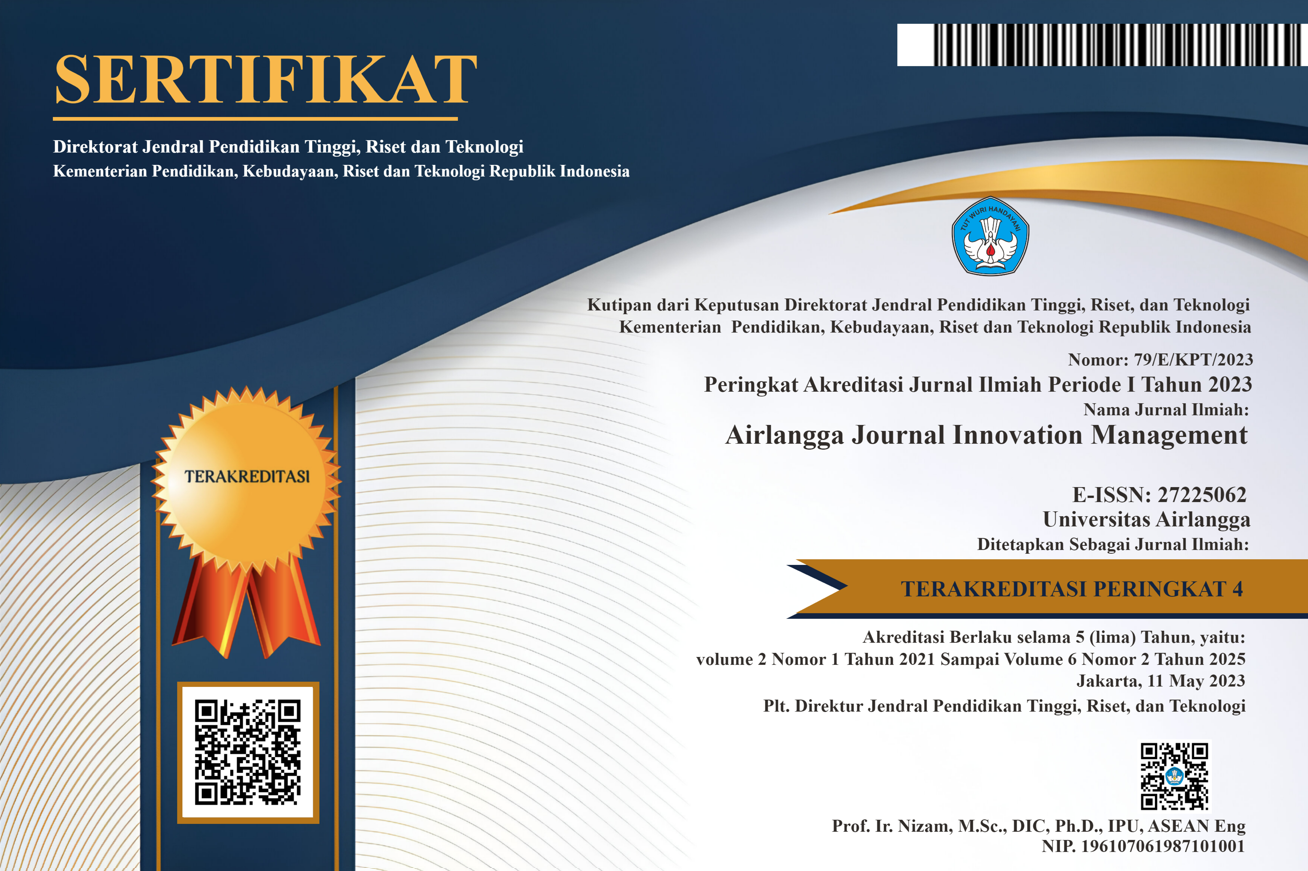Development of Cold Brew Extraction Tutorial Video for Junior Baristas
Downloads
This study aims to determine: the results of the development of grind size and cold brew extraction video tutorials; the feasibility of grind size and cold brew extraction video tutorial materials. The feasibility of grind size and cold brew extraction video tutorial media; and user responses to grind size and cold brew extraction video tutorials. This research method is development-type research. Namely adapted using the 4D development model with only three stages due to the limited time and costs required for research. Validation of this video tutorial involves two material experts and two media experts; the object of research is a video tutorial. Questionnaires were used in data collection consisting of material validation, media, and video tutorial user responses. The data analysis technique was carried out descriptively and quantitatively. The results of the video tutorial that have been made in the form of online links cover the material of coffee brewing techniques with grind size and cold brew extraction; The video tutorial material is considered feasible with an average of 80%. The video tutorial media is very feasible with an average score of 84%, and the junior barista response obtained an average score of 83% with a very good interpretation. This implies that the video tutorial of the research results can be used in training activities on coffee blending techniques with grind size and cold brew extraction.
Abduh, M. Y., Nofitasari, D., Rahmawati, A., Eryanti, A. Y., & Rosmiati, M. (2023). Effects of brewing conditions on total phenolic content, antioxidant activity and sensory properties of cascara. ELSEVIER: Food Chemistry Advances 2.
Adiar Akmal. (2017). Implementasi Video Tutorial Sebagai Bahan Ajar Untuk Meningkatkan Hasil Belajar Pada Materi Pokok Membangun Jaringan Siswa Kelas [Skripsi]. Universitas Negeri Semarang.
Ajeng, W. (2014). Jago Membuat Video Tutorial. Dunia Komputer.
Alfian, R. L., Iskandar, B. S., & Iskandar, J. (2020). COFFEE AND IDENTITY: Consume Coffee, Build Identity, Maintain Variety on Palintang Community West Java. Sosiohumaniora - Jurnal Ilmu-Ilmu Sosial Dan Humaniora, 22(1), 8–16.
Amri, A. et al. (2021). Karakteristik Fisikokimia dan Sensoris Kopi Arabika Menoreh Dengan Teknik Seduhan Cold Brew. Journal of Industrial and Beverages Crops, 8(3).
Angeloni, -G., Guerrini, -L., Masella, -P, Bellumori, -M., Daluiso, -S, Parenti, -A., & Innocenti, -M. (2019). What kind of coffee do you drink? An investigation on effects of eight different extraction methods. Food Research International.
Borg, W. R. and G. M. D. (2003). Educational Research: An Introduction (4th ed.). Longman Inc.
Haryono, R., Ridawati, & Mariani. (2021). Pengaruh Lama Penyeduhan Terhadap Kualitas Dan Jumlah Padatan Minuman Kopi Seduh Dingin Kopi ArabicaFlores Bajawa. Jurnal Sains Boga, 4(2).
Loestefani, V., Poan, R., Suwitorahardjo, B., & Wardhana, A. K. (2022). Service Quality and Product Quality as An Influence on Customer Loyalty at Naturalis Koffie. FIRM Journal of Management Studies, 7(2), 211–236.
Masdakaty, Y. (2015, April 27). Mengenal Macam-macam Proses Pengolahan Kopi. Https://Majalah.Ottencoffee.Co.Id/Mengenal-Macam-Macam-Proses-Kopi/.
Munadi, Y. (2013). Media Pembelajaran ( Sebuah Pendekatan Baru). Refrensi.
Pereira, L. L., Guarçoni, R. C., Rodrigues da Luz, J. M., de Oliveiraa, A. C., Moreli, A. P., Filete, C. A., de Paiva, G., Debonaa, D. G., Gomes, W. dos S., Cardoso, W. S., Berilli, S. da S., & Oliveiraa, E. C. da S. (2023). Impacts of brewing methods on sensory perception and organoleptic compounds of coffee. ELSEVIER : Food Chemistry Advances.
Pratiwi, A. C., Wardhana, A. K., & Rusgianto, S. (2022). Application of Vector Error Correction Model on Macroeconomic Variables toward Changes in the Composite Stock Price Index. Daengku: Journal of Humanities and Social Sciences Innovation, 2(2), 219–229.
Rais, S. et al. (2020). The Effectiveness of Instructional Video Media in Coffee Knowledge Courses (Baristas). Jurnal Pendidikan Indonesia. , 9(2).
Riyana, C. (2007). Pedoman Pengembangan Media Video. Universitas Pendidikan Indonesia.
Ryandono, M. N. H., Mawardi, I., Rani, L. N., Widiastuti, T., Ratnasari, R. T., & Wardhana, A. K. (2022). Trends of research topics related to Halal meat as a commodity between Scopus and Web of Science: A systematic review. F1000Research, 11(1562), 1562.
Ryandono, M. N. H., Permatasari, S. A., & Wijayanti, I. (2019). Business behavior in an islamic perspective: Case study of muslim woman entrepreneurs in Ikatan Wanita Pengusaha Indonesia (IWAPI). 12th International Conference on Business and Management Research (ICBMR 2018), 154–159.
Wardhana, A. K., & Ratnasari, R. T. (2022). Impact of Agricultural Land and the Output of Agricultural Products Moderated with Internet Users toward the Total export of Agricultural Product in Three Islamic South East Asian Countries. Iqtishodia: Jurnal Ekonomi Syariah, 7(2), 11–20.
Yaqin, A., & Mucharomah. (2013). Pengembangan Buku Saku Digital Berbasis Android Sebagai Pendukung Bahan Ajar Pada Materi PPh Pasal 21. . Pendidikan Ekonomi, 10–15.
Zaki, I., Herianingrum, S., Hapsari, M. I., Bayuny, A. F. R., & Wijayanti, I. (2024). Diversifikasi Pengolahan Frozen Nugget, Pengemasan dan Pemasaran Google Bisnis. JILPI: Jurnal Ilmiah Pengabdian Dan Inovasi, 2(3), 1–10.
Zakik, Z., Kamil, A., Prasetyo, A. S., Ryandono, M. N. H., & Wijayanti, I. (2022). Economic development on Madura Island through halal tourism: A business feasibility study. Al-Uqud: Journal of Islamic Economics, 6(2), 289–303.
Copyright (c) 2024 Airlangga Journal of Innovation Management

This work is licensed under a Creative Commons Attribution-NonCommercial-ShareAlike 4.0 International License.
- The journal allows authors to hold copyright without restrictions and retain publication rights without restrictions. The author retains the copyright and grants the first publication rights to the journal, with his work simultaneously licensed under the Creative Commons Attribution-NonCommercial-ShareAlike 4.0 International License (CC BY-NC-SA). This license allows others to share the work with acknowledgment of authorship and initial publication in this journal, provided that the work is not used for commercial purposes and that any derivative works must use the same license.
- Authors may enter into additional contractual agreements for non-exclusive distribution of the journal publication version (e.g., uploading it to an institutional repository or publishing it in book form), while still including acknowledgment of the initial publication in this journal.
- Authors are allowed and encouraged to upload their work online (e.g., in an institutional repository or personal website) before and during the submission process. This can support productive scientific exchanges as well as increase citations to published works.

AJIM by UNAIR is licensed under a Creative Commons Attribution-NonCommercial-ShareAlike 4.0 International License.





















